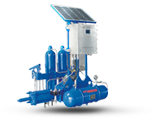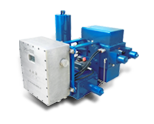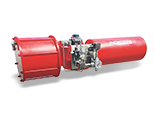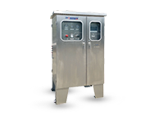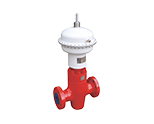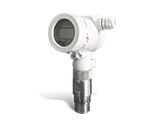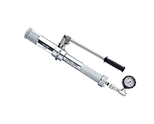
LGD-P SINGLE-POINT LASER GAS DETECTOR
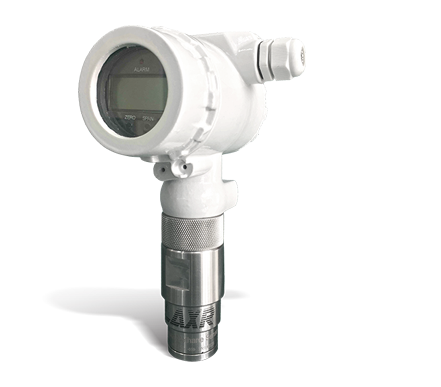
-
Sensor Type
Laser
-
Detection Range
0~5%(0~100% LEL)
-
Response Time
≤20 s
-
Output Signal
10.8~30 VDC,约1.5 W
-
Working Temperature
﹣40~70℃
-
Explosion-proof Level
ExdⅡB T4 Gb
Laser Gas Detector is based on Tunable Diode Laser Absorption Spectroscopy (TDLAS). The detector emits a special wavelength laser to the gas and demodulates the laser signal passing through the gas. Combined with advanced microelectronic control technology, TDLAS can easily obtain the concentration of flammable gas (such as methane) in the gas.
Advantages
-
1Wide Application
Can be used in methane gas detection, alarm occasions, gas extraction, transportation, and storage in gas related chemical, power generating, and heating areas.
-
2Stable Performance
The optical performance of laser is very stable, and the detected gas can easily be accurately identified. The special wavelength laser beam has unique selectivity to methane and other gases, while remaining free from the interference of other gas, water vapor, dust, and temperature changes.
-
3No Maintenance
LGD-P has no probe aging, regular replacement, verification cumbersome, or any other problems of traditional detectors; it will not be affected by gas concentration.
-
4Long Life-span and Economical
The Life span of LGD-P is more than 5 years. Although the one-time investment is more than traditional detectors, the total cost is much less in consideration of maintenance.
-
5Standardized Design
LGD-P is a 3-wire 4~20mA(HART optional)instrument signal output. It can completely replace traditional detectors. It has wider working voltage range. It also has alarm function and digital display screen to facilitate usage and management.

LGD-H HANDHELD LASER GAS DETECTOR
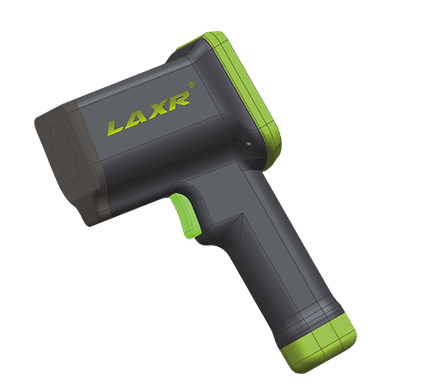
-
Sensor Type
Laser
-
Detection Range
0~40000 ppm·m
-
Response Time
≤1 s
-
Standby Time
15 h
-
Working Temperature
﹣20~50℃
-
Explosion-proof Level
Ex ibⅡB T4 Gb
The Handheld Laser Gas Detector is based on Tunable Diode Laser Absorption Spectroscopy (TDLAS). The detector emits a special wavelength laser to the gas and demodulates the laser signal passing through the gas. Combined with advanced microelectronic control technology
Advantages
-
1Long Standby Time
LGD-H is equipped with a 5000mAH lithium battery; its standby time is up to 15 hours and is equipped with a spare battery in order to change battery quickly.
-
2Quick Response
LGD-H’s response time is less than 1 second, so it can finish detecting quickly.
-
3Long Detection Distance and Wide Detection Range
LGD-H’s detect distance can reach up to 30 meters and detect range can reach up to 40000ppm·m.
-
4Broad Application
With an IP Class of IP54, LGD-H is intrinsically safe. It can be applied in existing stationary flammable gas, valve chamber, gas pipeline, and inspection/leakage detection of living areas.
-
5Portable and User-friendly Design; Simple Operation
LGD-H is portable, having a user-friendly design. Patrol personnel can easily carry it on him/her. Only one click to complete the detection of flammable gas concentration.

LGD-R REMOTE LASER GAS DETECTOR
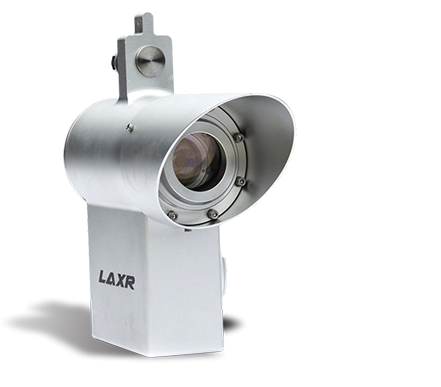
-
Sensor Type
Laser
-
Detection Range
0~40000 ppm·m
-
Response Time
≤5 s
-
Electrical Parameter
12~30 VDC,≤2 W
-
Working Temperature
﹣40~70℃
-
Explosion-proof Level
Ex dⅡB T4 Gb
The Remote Gas Detector is based on Tunable Diode Laser Absorption Spectroscopy (TDLAS). The detector emits a special wavelength laser to the gas and demodulates the laser signal passing through the gas. Combined with advanced microelectronic control technology
Advantages
-
1Long Detection Distance and Wide Detection Range
LGD-R’s detect distance can reach up to 30 meters and detect range can reach up to 40000ppm·m.
-
2Widely Applied
LGD-R has a flameproof design, and it can be used in Zone 1 and Zone 2. Its IP class is IP65; it is suitable for petroleum, petrochemical, and electrical industries.
-
3High performance-price Ratio
LGD-R scan continuously in all types of conditions. It does not need to be replaced or checked regularly. Its life span can be up to 5 years.
-
4Universal Communication Protocol
LGD-R uses Modbus RS-485 communication protocol, which uses a combination of balanced driver and differential receiver, and has the capability of resisting common mode interference and noise interference. Its communication distance can reach more than 1 km, while connecting to a variety of integrated systems.


